#jean rouverol
Photo
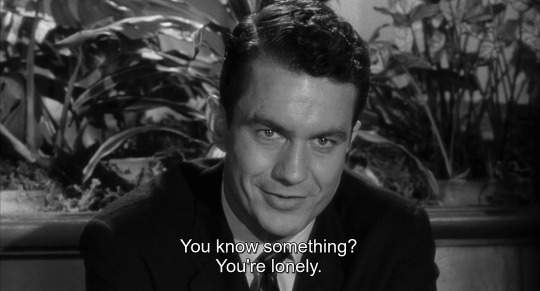

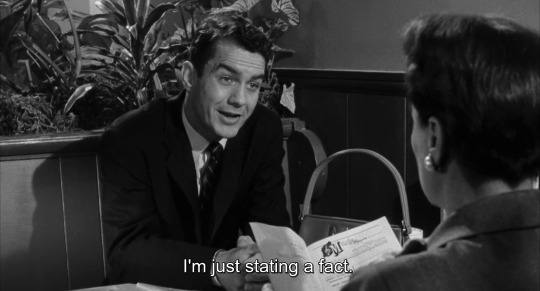
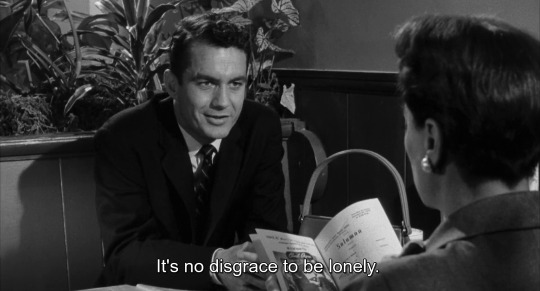
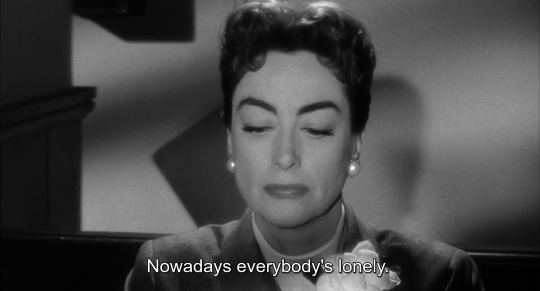

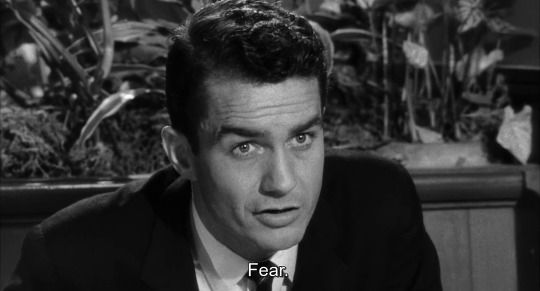

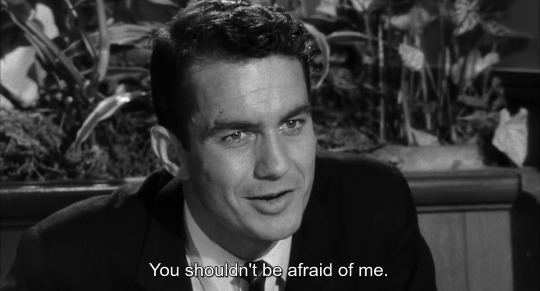
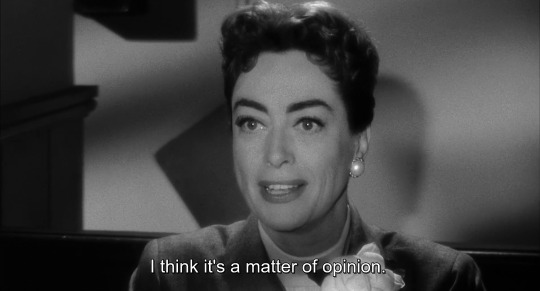
Autumn Leaves (Richard Fleischer, 1956).
#autumn leaves#autumn leaves (1956)#richard fleischer#joan crawford#cliff robertson#charles lang#michael luciano#william glasgow#eli benneche#jean louis#jean rouverol#hugo butler#lewis meltzer#jack jevne
40 notes
·
View notes
Text

Jean Rouverol-James Ellison "Bar 20 rides again" 1935, de Howard Bretherton.
4 notes
·
View notes
Photo
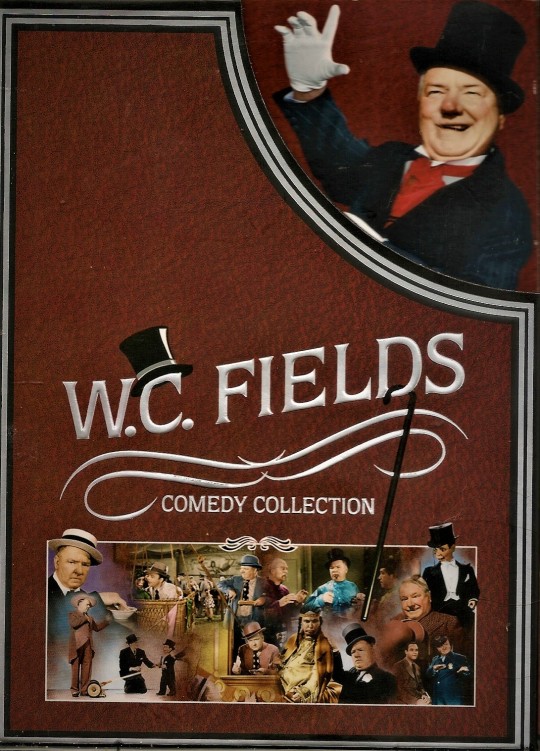
Bad movie I have W.C. Fields Comedy Collection It has The Bank Dick 1940, My Little Chickadee 1940, You Can’t Cheat an Honest Man 1939, It’s a Gift 1934 and International House 1933
#W.C. Fields#Cora Witherspoon#Una Merkel#Evelyn Del Rio#The Bank Dick#Mae West#Joseph Calleia#Dick Foran#My Little Chickadee#Edgar Bergen#Charlie McCarthy#Eddie 'Rochester' Anderson#Mortimer Snerd#You Can’t Cheat an Honest Man#Kathleen Howard#Jean Rouverol#Julian Madison#It’s a Gift#Peggy Hopkins Joyce#Rudy Vallee#George Burns#Gracie Allen#International House
0 notes
Photo

Lorne Greene and Joan Crawford in Autumn Leaves (Robert Aldrich, 1956)
Cast: Joan Crawford, Cliff Robertson, Vera Miles, Lorne Greene, Ruth Donnelly, Shepperd Strudwick. Screenplay: Jean Rouverol*, Hugo Butler*, Lewis Meltzer, Robert Blees. Cinematography: Charles Lang. Music: Hans J. Salter. Costume design: Jean Louis.
Six years before What Ever Happened to Baby Jane? Robert Aldrich directed Joan Crawford in Autumn Leaves. I mention this because the image many people now have of Aldrich comes from Alfred Molina's portrayal of him in the TV series Feud that concentrated on the shenanigans of Crawford and Bette Davis on the set of Baby Jane. Molina's Aldrich is a punching bag for Jessica Lange's Crawford and Susan Sarandon's Davis, and a studio hack under the thumb of Stanley Tucci's snaky Jack Warner. In fact, Aldrich was a gifted director with some strong credits, including the noir version of Mickey Spillane's Kiss Me Deadly (1955) and the action epic The Dirty Dozen (1967). Autumn Leaves shows off his strengths, especially in keeping a florid melodrama about Hollywood's idea of mental illness just this side of plausibility. He makes the most of the film's major set, Millicent Wetherby's (Crawford) bungalow, collaborating with cinematographer Charles Lang to keep an ordinary dwelling shadowy, confining, and off-kilter. Aldrich is particularly good at working with significant objects, and not only the typewriter that Burt Hanson (Cliff Robertson) so memorably hurls at Millicent. After a tense confrontation between Millicent and the increasingly unstable Burt, she goes from one room to another and there, front and center, Aldrich has placed precisely what we want to see: the telephone she should use to call for help. You sometimes sense that Aldrich is having a little fun with the film, too: He stages a beach makeout scene with Millicent and Burt kissing in the incoming tide that's an allusion to the celebrated scene with Deborah Kerr and Burt Lancaster in From Here to Eternity (Fred Zinnemann, 1953). Aldrich is surely aware that Crawford was offered Kerr's role but turned it down. Crawford had just turned 50 and her face was beginning to harden into the familiar mask of her later years, but she's still plausibly a good five to 10 years younger as the tense, wary, but near-fatally susceptible Millicent. Robertson, especially in his early scenes, keeps us wondering whether Burt is more than just a creep who likes to hit on older women. Unfortunately, the portrayal of mental illness is the usual Hollywood hackwork: Millicent is in denial about Burt's psychosis because she is starved for love, having sacrificed herself in her youth so she could tend to her father, an invalid. Burt's compulsive lying is the result of a trauma suffered when he discovered that his wife was having an affair with his father. And of course, a montage of medication and shock therapy is all that's needed to persuade us that Burt has been rehabbed and is ready to resume something like a normal relationship with a wife old enough to be his mother. If I were Millicent, I'd keep the typewriter locked up when not in use.
*Jean Rouverol and Hugo Butler were blacklisted. The screen credit went to their "front," Jack Jevne.
4 notes
·
View notes
Photo






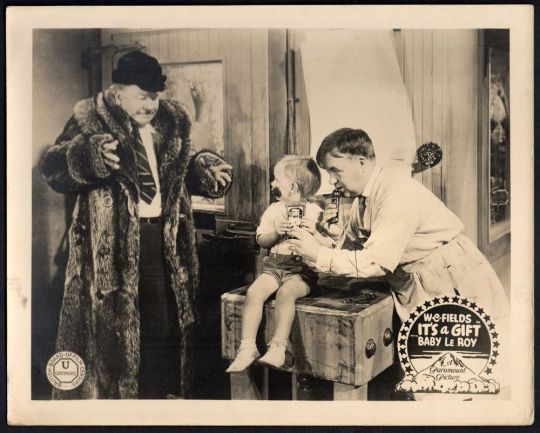

It’s a Gift (1934) Norman Z. McLeod
August 15th 2021
#it's a gift#1934#norman z. mcleod#w. c. fields#kathleen howard#jean rouverol#tommy bupp#julian madison#josephine whittell#baby leroy#charles sellon#tammany young#morgan wallace#back porch
3 notes
·
View notes
Photo

Tim Holt and Jean Rouverol, The Law West of Tombstone (1938)
3 notes
·
View notes
Text
TRUMBO

Although there are a few film clips and some home movies and archival photos, TRUMBO (2017) is primarily a collection of talking heads, but O! what talk! Adapted from Dalton Trumbo’s son, Christopher’s, play about his father, the film features generous excerpts from his remarkably literate letters on everything from the blacklist to the cost of installing an intercom system to his daughter’s nursery. Primarily it is the story of a great screenwriter forced to work undercover after he refused cooperate with the House Un-American Activities Committee and answer questions he considered an unconstitutional invasion of privacy. Trumbo acknowledged that he was one of the lucky ones; he had a great deal of work produced through fronts and under pseudonyms, albeit at a much lower rate than he was making before the blacklist. He even won two Oscars for work credited to others. I wish there had been more of a sense of history. Once he gets his first post-blacklist credits for EXODUS and SPARTACUS (both 1960), the film pretty much ends. I also wish there had been some mention of the ulterior motives for the investigation (publicity for the congressmen, fighting the unions and career advancement for many of the friendly witnesses and in the case of Robert Taylor, covering up his gay past). And there’s one unsupported claim (that although the blacklisted writers never turned films into propaganda pieces they did change certain film archetypes, though what they are is never explained). But the writing in his letters is terrific, filled with passion and even wit, and some of the readings, by Nathan Lane, Joan Allen, Brian Dennehy, David Strathairn and others are exquisite. There also are some good interview subjects, one of whom, actress-writer Jean Rouverol, deserves a documentary of her own. I include the trailer so you can get a sample of some of the wonderful words in the film:
youtube
1 note
·
View note
Text
Blog 233 Writing for Daytime Drama
Blog 233 Writing for Daytime Drama
by Jean Rouverol ©1992
Contents:
Beginnings
The Assembly Line
The Not-So-Winged Muse
Headwriting Nuts and Bolts
The Breakdown
By Way of Illustration
The Associate Writer
Building a Boat in a Bottle
Another Blueprint
Dance With It a Little
The Half-Hour Show “Loving”
The Half-Hour Show “The Bold and the Beautiful”
Raw Material
Using Relevant Material “As the World Turns”
Speak the…
View On WordPress
0 notes
Text
A gem of a movie that misses its mark is “The Miracle” from 1959.

At this time of year with Passover and Easter, seasonal favorites to watch have been the traditional ‘sword and sandal’ movies like ‘Ben Hur’ and ‘The Robe.’
Interestingly when these types of movies were made (which was right after World War II) in that time there were lots of movies with religious or semi religious themes.
Some historians believe that this was because after World War II people had a sense of gratitude for the end of the war.
In the 40s through the 50s and into the early 60s ‘sword and sandal’ - biblical or religious-themed movies were well received.
Among the most notable are epics like ‘The Ten Commandments,’ ‘The Robe’ and ‘Ben-Hur.’
One movie that debuted in 1959, in which all the elements of a religious or semi-religous epic was utilized was called ‘The Miracle,’ starring Carroll Baker and a then, very-young Roger Moore.

To this reporter, it is a gem of a movie. Yet it is under appreciated because as some film historians and critics point out, it was released just after ‘Ben- Hur.’
While ‘The Miracle’ lends itself to a well produced epic, the movie falls short in its lack of ability to emphasize a clear and well punctuated theme.
This reporter noticed immediately that even with its fine cinematography and wonderful costume and set design, it gets convoluted. It is extremely sweeping and alludes to a complexity that as I see it should be explained even if just a bit more, to an eager audience.
The issue here is that it’s main objective or so it seems is to describe the distinction between romantic love and mystical love.
For those who are not Catholic it’s hard to follow. But even those that are Catholic it takes a well-read and devout person, to understand the subtle and yet, complex lines within the story.
Initially it is about the young aspirant to the convent, Teresa. This Teresa of the story is loosely based upon Teresa of Avila. Teresa of Avila was A 16th century mystic in Spain.
While the time frame of the movie is set somewhere within the Napoleonic era it is not really clear which year the events of the movie take place.
Also, it is not clear exactly which religious order this Teresa is an aspirant to. It seems at first to be Franciscan, because the opening scene is for the blessing of the animals. The nuns are dressed in what appears to be a brown and white habit. But upon closer view, the brown scapular or apron which Carmelites wear is more mauve than a traditional Franciscan brown or gray habit that a Franciscan would wear.
Actually it doesn’t matter which order, but a clearer reference does help. Especially when trying to convey the mystical aspects. Each religious order has a mystical tradition.
The convent is in the fictional valley of Miraflores, somewhere outside of Madrid but the script never says exactly where. From this reporter’s point of view, the story seems real but isn’t.
The audience is being lead into some form of historical fiction, which is okay. But some clarity should have been stated.
Are the nuns cloistered? Or do they have contact with people? Again, are they Franciscan, or Carmelite? Elements of these traditions are implied. Yet It is never really stated.
Historically the Franciscans, the Carmelites and the Dominicans played a very vital if not domineering role in the religious culture of Spain. This Spanish culture made its way to the New World. And, then to the United States via the California Missions and the Pacific South West region.
Parallels between the Teresa in the story and Teresa of Avila in real life are very obvious to see; especially to a Catholic audience. But to an audience not familiar with that it’s hard to follow.
In the opening credits there is mention of a “Divine Mercy.” But the script (which includes dialog between characters, etc) does not state this clearly enough. Nor does it do so through action.
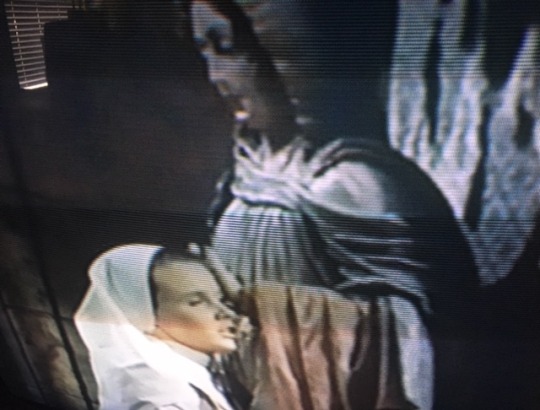
Carroll Baker who portrays the young aspirant/postulant Teresa does provide youthful emotion conveying a relationship with the spiritual that at times it is charming and convincing. But it then goes over to the melodramatic.
The scene where she speaks aloud to Blessed Mother Mary depicted in the statue in the church with the tile of “our lady of Miraflores” is tender. With prayerful expressions like “oh Mother Mary the only mother I have known,” the script does convey her affection for the life of the convent and the fact that she was raised by the nuns, having been left at their doorstep. This is sweet.
And, the fact that as a young woman she is drawn to the romantic and ultimately to the world is also nicely and accurately portrayed. Mother Superior, graciously understands this as she too read Shakespeare’s ‘Romeo and Juliet’ as a young girl of 17, “under different circumstances, of course.”
Teresa’s love of music, poetry and literature adds to her humanity amid the convent atmosphere and its dedication to “perfection and the holy rule of the religious order.”
A gust of wind also seems to have a role in this movie. But it is never really demonstrated clearly as to what it means. When a gust of wind occurs, change happens.
Is this a symbol of the mystical? The script and the action between characters never says for sure.
Like ‘Ben-Hur’ and other historical fiction stories, ‘The Miracle’ is based upon a previous film done in the silent film era. And it goes back to even an earlier version upon the stage by Karl Vollmoller, which he seems to have obtained from old European passion play type stories and legends of Medieval times.
The fact that the outline of this story was done previously long ago, tells why the $3.5 million dollar production is so well-made. Cinematography, the movie is outstanding and the list of actors/actresses to fill a cast of over 91 people is impressive.
But again, it is this vagueness and sweeping references that misses an important mark in story-telling.
The tyrant Napoleon has caused British troops to make their way to Spain to push the French and Napoleon’s egocentric forces back in their place. As a battalion of British soldiers stop at the convent to get water, Teresa catches the eye of a young officer, Michael Stuart, played by Roger Moore.
Baker’s simply beauty and Moore’s dashing charm are delightful to behold. Her distinctive voice and his elegant British accent are easy to listen to and the script adapted/written by Jean Rouverol and Frank Bulter serves them well. Together - Baker and Moore make the ideal couple for any paperback novel romance.
More than just a stop for water brings them together. He is then wounded in battle with Napoleon’s forces and is back at the convent to be nursed to health by...you guessed it, Teresa.
Yet, it is that “unseen” mystical element - that is an obstacle to their union. The conflict within Teresa between the romantic love she has for Michael and the mystical love she is believes in, is obvious.
Her prayers for his safe return to Devon, England his home go with him as she stands firm on the belief in this “mystical” or “Divine” love.
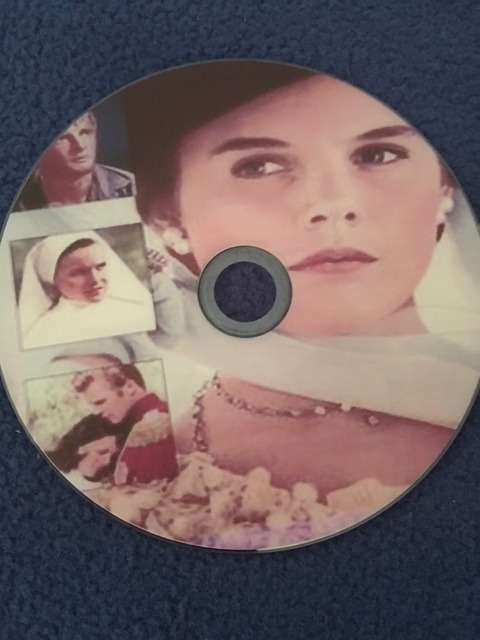
Yet, when romantic love takes hold, she rushes out to see him one last time in a gust of wind. Only to return to the convent chapel asking Our Lady of Miraflores to “show me a sign!”
As Teresa prostrates herself on the stone floor of the chapel, asking for guidance a gust of wind stirs the skies to rain and disrobing her nun-like attire, Teresa ventures out into the storm to find Michael at the inn in the village town, waiting for her.
But as she reaches the town, it is under siege by Napoleon’s men. Searching for Michael amid the chaos, she stumbles into a French soldier with lust on his mind. As he proceeds to have his way with Teresa, a gypsy woman appears.
She saves Teresa from a terrible outcome in the arms of the brute and brings her to the gypsy camp in the hills above the valley.
Right from the opening scene when the blessing of the animals takes place at the start of the movie, gypsies are present. They seem to symbolize the outside world and those on the fringes of a tightly-knit society.
Actor, Walter Slezak is among the principal characters in the gypsy encampment. He provides not only integrity to the plight of the outcasts but a sense of humor and sharp wit.
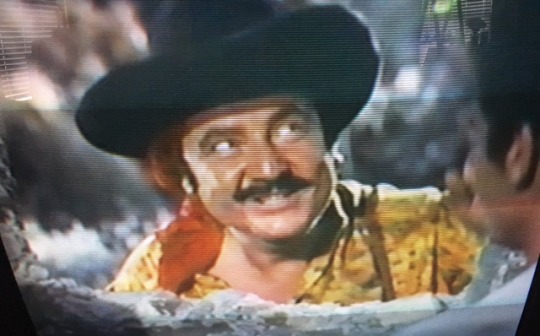
Teresa’s determination to find her beloved Michael is dashed when she learns from two of the gypsies that “an English officer was killed.” And, that his fine pocket watch (which Michael had shown to her while recuperating at the convent) was among the loot the gypsies had taken from the dead soldiers.
Angry, upset and seemingly confused, Teresa denounces her faith, exclaiming “I am not a Christian!”
Tattered and dusty, Teresa then finds herself between two brothers, rivaling for not only for stolen loot but also their mother’s love. The contrast between the earthy, bombastic, live-flesh and blood gypsy mother and the lofty Blessed Mary in the statue of Our Lady of Miraflores is striking. Especially, when the gypsy mother role is played by Katina Paxinou.

Her performance is electrifying as she is the type of actress who as one might say, “eats up the scenery.” Just her mere presence in the film without any dialog speaks volumes.
Why she favors Guido over Carlito is not understood. Yet, she knows the naive Teresa is folly for her sons. And Guido wins the affection of a reluctant Teresa as he convinces her to marry him, albeit sort-notice. Her faith no longer as strong she agrees.
Only, indadvertedly, Carlito’s jealousy brings the French to the gypsy camp to take his brother Guido away. Sadly, in Carlito’s short-sightedness he exposes the entire camp to danger and the vengeful French troops open fire on the people there.
Guido is killed and Carlito is given a bag of gold as reward for Guido’s whereabouts as a wanted man. This then spurs the gypsy mother to disown her remaining son by shooting him on the spot.

This distresses Teresa as she runs away from the gypsy camp and luckily finds help in the unlikely but shrewd gypsy Flaco, played by Slezak. Seeing her potential as a money-maker with Teresa’s gift of song and dance, they travel to Madrid.
There she meets a handsome matador and then a kindly old gentleman-aristocrate who help Teresa and Flaco gain access to the stage as “Miraflores - the Gypsy dancer and singer.”

What irks me most, is the fact that the script doesn’t really explain or try to illustrate the distinctions this young woman is making on a “spiritual journey” of sorts.
The matador is killed in the ring while his back is turned from the bull. This is yet another “love” taken from her. But what type of love was it? It wasn’t the love she had for Michael. And, it wasn’t the affectionate passion she had for Guido. So, was it a compassion? Was the matador an orphan of sorts like she was? Was it that that attracted her to him? The script doesn’t say for sure.
The old aristocrat Casimir is heart-broken when Teresa leaves abruptly with no goodbye. She respected him like a father, but yet, not enough to leave word as to her departure, why?
To me, Flaco and the gypsy mother are the only characters that speak clearly and plainly about life and are direct with Teresa. Everyone else is subdued or yields to Teresa’s belief (as Michael does) in this “mystical love” or “divine” love or divine mercy the story claims is the theme.
When the matador Cordoba is about to die, a mysterious wind kicks up, is this fate? Is this part of Our Lady Miraflores’ doing? It is not clear. Here again it is not exactly spelled out what the symbolism of the gust of wind actually means.

When Michael and Teresa meet up unexpectedly, after Cordoba’s tragic death, their love is immediately and passionately rekindled. It picks up right where it left off. Both are happy.
But when he tells of his experience being captured in the town while waiting at the inn for her; then escaping imprisonment, Michael mentions something unsettling. The statue of Our Lady of Miraflores is missing and a drought has befallen the valley.
Right away Teresa’s mood changes, her demeanor which had been full of undying love, now is once again in distress. Why exactly?
What did this life at the convent really mean to her? How can she discern the missing statue is a “sign?”
Michael is called away as his battalion is off to fight another skirmish with Napoleon’s forces. When the women say goodbye to their soldiers and officers, Teresa exclaims, “I can’t pray for him!” Why? The script is not clear. Yet, someone had to be praying for him as he faced certain danger.
While on the battlefield, he is exposed to gunfire and cannons, one cannon explodes within inches of him. Yet Michael is unharmed. His helmet gives witness to the intensity of the blast that should have killed him.
Yes, a miracle. But is this “The Miracle?” And, what about the mysterious disappearance of the statue and the Teresa in full habit as a professed nun that Michael saw when he returned to speak to Mother Superior to ask for Teresa’s hand in marriage? Is that “The Miracle?”
It is not clear. In reading some of the details provided by Wikipedia and other sources, it seems the production had problems. Namely, the film’s director, Irving Rapper.
He and actress Carroll Baker did not get along. And, according to Baker, as director Rapper was very hard and harsh with Moore, the tempers on the set of the production was bumpy. She admitted to being difficult. But, it seems the director’s frustration must have impacted the finer details of the film.
It has all the elements of a rich and colorful epic, with a tender romance too, just like in ‘Ben-Hur’ and ‘The Robe’ with Richard Burton and Jean Simmons.
Yet, as I see it the sweeping and broad liberalities in which this story with its complexities is left to vagueness is not gratifying. At least not by today’s standards. Contemporary audiences would need plausible explanations.
And, with regards to anything “spiritual or mystical” that too would have to have something tangible and earthy to make an audience suspend its disbelief, even if just for a brief but sweet romance.
Perhaps the missing aspects are expressed in the scenery, which surprisingly were filmed in California and makes the viewer feel as if they are right in old Spain.
And, most importantly, the missing aspects are expressed in the music. Composer Elmer Bernstein’s magnificent score is a masterpiece. It expresses the fine-line between romance and harsh reality, between earthly love, expressed between a man and a woman and that hard-to-pin-down “mystical love,” that all religions, not just Catholicism speak about.
“The Miracle” by Warner Brothers (1959) is available on VHS cassette tape and on DVD copy via the VHS release. Check online sources like eBay and others for details.
Thoughts, reflections and musings by journalist Jonathan Farrell
#Carroll Baker#Roger Moore#Walter Slezak#katina paxinou#The miracle#1959#ben-hur#The Robe#Theresa of Avila#Catholicism#Franciscan#Carmelite#Dominican#Spain#California#sword and sandal#biblical movies#religion#warner bros
0 notes
Text
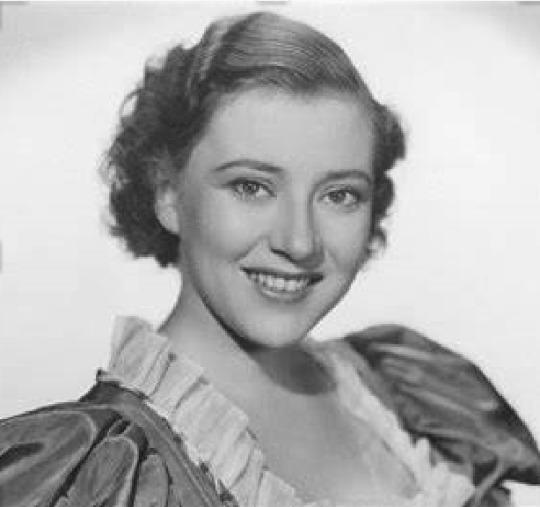
Jean Rouverol (St. Louis, Missouri, 8/07/1916-Wingdale, New York, 24/03/2017).
4 notes
·
View notes
Link
For just $3.99 Bar 20 Rides Again Released on December 6, 1935: Hopalong Cassidy and the boys from the Bar 20 ranch ride north to help a rancher who is being rustled out of his cattle by the mysterious outlaw named Nevada. Directed by: Howard Bretherton Written by: Gerald Geraghty and Doris Schroeder based on characters createc by Clarence E. Mulford The Actors: William Boyd James Ellison Johnny Nelson, Jean Rouverol Margaret Arnold, George 'Gabby' Hayes Windy, Harry Worth George Perdue, aka Nevada, Frank McGlynn Jr. Red Connors, Howard Lang Jim Arnold, Ethel Wales Clarissa 'Clary' Peters, Paul Fix henchman Gila, J.P. McGowan Buck Peters, Joe Rickson henchman Herb Layton, Al St. John henchman Cinco, John Merton henchman Carp, Frank Layton henchman Elbows, Chill Wills henchman and background singer, Chill Wills and His Avalon Boys background musicians Runtime: 1h 1m *** This item will be supplied on a quality disc and will be sent in a sleeve that is designed for posting CD's DVDs *** This item will be sent by 1st class post for quick delivery. Should you not receive your item within 12 working days of making payment, please contact us as it is unusual for any item to take this long to be delivered. Note: All my products are either my own work, licensed to me directly or supplied to me under a GPL/GNU License. No Trademarks, copyrights or rules have been violated by this item. This product complies withs rules on compilations, international media and downloadable media. All items are supplied on CD or DVD.
0 notes
Text
Jean Rouverol, Blacklisted Screenwriter, Dies at 100
She and her late husband fled to Mexico during the McCarthy era and spent more than a decade in exile.
read more
from Entertainment News http://ift.tt/2nSAMHJ
via IFTTT
0 notes
Text
Jean Rouverol, Blacklisted Screenwriter, Dies at 100
Jean Rouverol, Blacklisted Screenwriter, Dies at 100
She and her late husband fled to Mexico during the McCarthy era and spent more than a decade in exile. read more … Movies
View On WordPress
0 notes
Text
Doliu în lumea filmului! Actrița și scenarista Jean Rouverol a murit la vârsta de 100 de ani - Antena 3
0 notes
